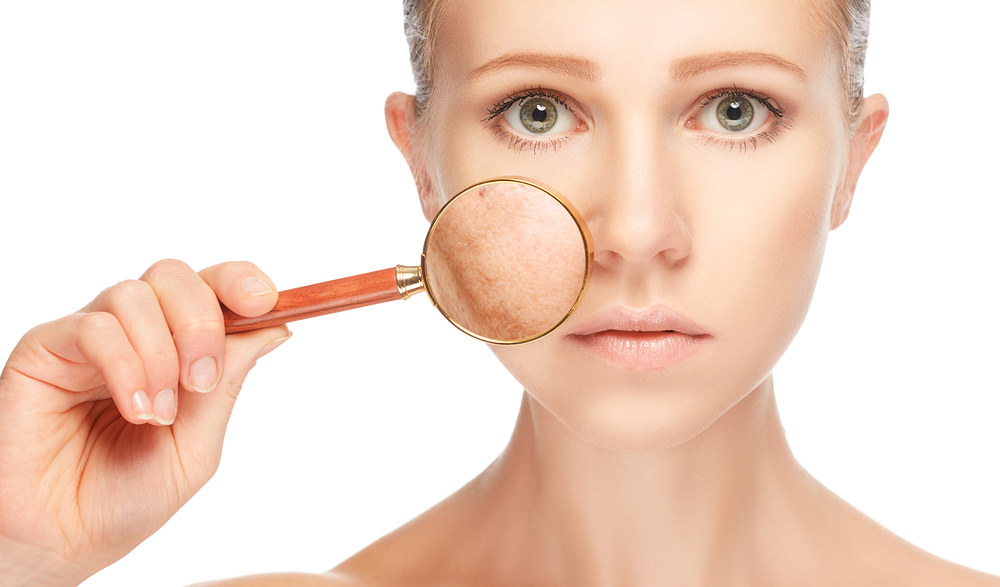Image Source – Google
Hyperpigmentation is a common skin condition that affects many people. It is characterized by the darkening of certain areas of the skin due to an overproduction of melanin. This can be caused by a variety of factors, including sun exposure, hormonal changes, and inflammation.
Fortunately, there have been several recent breakthroughs in the treatment of hyperpigmentation. These new methods are more effective and less invasive than previous options, providing hope for those seeking to even out their skin tone and reduce the appearance of dark spots.
Laser Treatments
Laser treatments have long been used to treat various skin conditions, including hyperpigmentation. However, recent advancements in laser technology have made these treatments even more effective.
One of the latest laser treatments for hyperpigmentation is called Q-switched laser therapy. This treatment uses short pulses of laser energy to target and break up the pigmented areas of the skin. The pigmented cells are then naturally eliminated by the body, resulting in a reduction in hyperpigmentation.
This new laser therapy is highly targeted, meaning it only affects the pigmented areas of the skin, leaving the surrounding skin unharmed. This makes it a safe and effective option for treating hyperpigmentation.
Chemical Peels
Chemical peels have long been used to exfoliate the skin and improve its appearance. In recent years, new types of chemical peels have been developed specifically to target hyperpigmentation.
One of the latest advancements in chemical peels is the use of alpha hydroxy acids (AHAs) and beta hydroxy acids (BHAs). These acids work by exfoliating the top layers of the skin, removing the pigmented cells and revealing fresh, new skin underneath.
These new chemical peels are less harsh on the skin than traditional peels, resulting in less downtime and a reduced risk of complications. They are also more effective in targeting hyperpigmentation, making them an excellent option for those seeking to improve their skin tone.
Topical Treatments
Topical treatments have long been a popular choice for treating hyperpigmentation. Recent advancements in the field have led to the development of new and improved topical treatments.
One of the latest breakthroughs in topical treatments is the use of ingredients such as vitamin C, retinol, and niacinamide. These ingredients have been shown to effectively reduce hyperpigmentation, lighten dark spots, and even out the skin tone.
These new topical treatments are often more gentle on the skin than previous options, making them suitable for those with sensitive skin. They can be easily incorporated into a skincare routine and used on a daily basis to achieve long-term results.
Combination Therapies
Another exciting development in the treatment of hyperpigmentation is the use of combination therapies. These treatments involve combining different methods, such as laser therapy, chemical peels, and topical treatments, to achieve the best possible results.
By combining multiple treatment methods, dermatologists can target hyperpigmentation from multiple angles, resulting in a more comprehensive and effective treatment plan. This approach has been shown to produce faster and more noticeable results, making it an excellent choice for those seeking to improve their skin tone.
In conclusion, the latest breakthroughs in hyperpigmentation treatment offer hope for those struggling with this common skin condition. Whether it's through laser treatments, chemical peels, topical treatments, or combination therapies, there are now more effective and less invasive options available. If you're looking to even out your skin tone and reduce the appearance of dark spots, consult with a dermatologist to determine the best treatment method for you.

